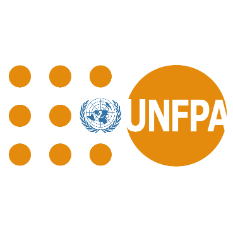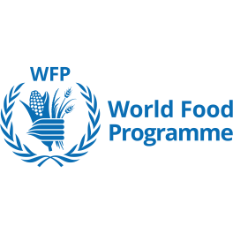
The HDX Humanitarian API (HAPI) is a way to access standardised indicators from multiple sources to automate workflows and visualisations
HDX HAPI is in beta phase, and we are seeking feedback. To share your thoughts or join our slack channel, send an email to hdx@un.org.
Jump to: Data Coverage | Be Inspired | FAQ | Read the documentation
Data Coverage
Our initial coverage aligns with the data included in the HDX Data Grids, which places the most important crisis data into six categories and 20 sub-categories. Our beta version of HDX HAPI covers 44 indicators across 25 locations that have a Humanitarian Response Plan. This data has been shared by nine different contributing organisations.
Refer to the documentation for the latest coverage. Contact us to request additional indicators in future versions of HDX HAPI.
Be Inspired
Take a look at visualisations and code examples
Visualisation
A dashboard with a selection of key figures, charts and a map for all countries in HDX HAPI.
Learn moreChatbot
An early stage AI chatbot developed with DataKind to ask questions about the data.
Learn moreFAQs
An API, or Application Programming Interface, is a set of rules and tools that allows different software programs to communicate with each other. It enables developers to interact with external software components or resources efficiently, facilitating operations such as data retrieval, updates, and complex integrations.
We created HDX HAPI following requests from users to be able to access key indicators through one API. Although HDX has an existing API for the data catalogue (through CKAN), it only supports interaction with metadata. HDX HAPI enables direct access to the data itself, allowing users to make queries within datasets and build visualisations and analysis from this data.
HDX HAPI is designed for developers, researchers and anyone interested in accessing a centralised source of humanitarian data for analysis and decision-making.
You can access HDX HAPI through the API endpoints. Head to the HDX HAPI documentation to get started. You do not need an account to access HDX HAPI, but you do need an app identifier which you can generate via the API.
The initial scope of HDX HAPI mirrors the scope of the HDX Data Grids which include the foundational data needed to understand a humanitarian context. As of June 2024, this includes data from nine organizations covering 25 locations with a Humanitarian Response Plan.
The time period covered by the data in the beta version of HDX HAPI varies depending on the resource. For example, data on conflict events go as far back as 1997 while data on operational presence only contains the latest data for this year. See the documentation for resource-specific information.
HDX HAPI is updated daily from the source data. The update frequency of each source dataset varies from daily, weekly, yearly and as needed. Check the source dataset for further detail.
The data in HDX HAPI is from selected datasets from HDX. No numerical values have been changed from the source data. Some supporting data has been standardised, such as aligning sector names to increase interoperability between datasets.
In the coming months, the standardised datasets that HDX HAPI produces will be added to the source datasets on HDX as downloadable CSV files for use in spreadsheet applications.
The HDX CKAN API provides programmatic access to metadata from datasets on HDX. HDX HAPI provides access to the data values within datasets on HDX.
If you are looking for multiple sources of data about a humanitarian crisis, using HDX HAPI will save you from learning the different APIs that each source provides. The work that has been put into standardisation allows for greater interoperability of data from multiple categories.
You can send an email to hdx@un.org.










